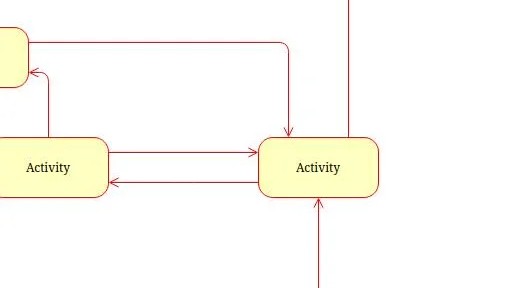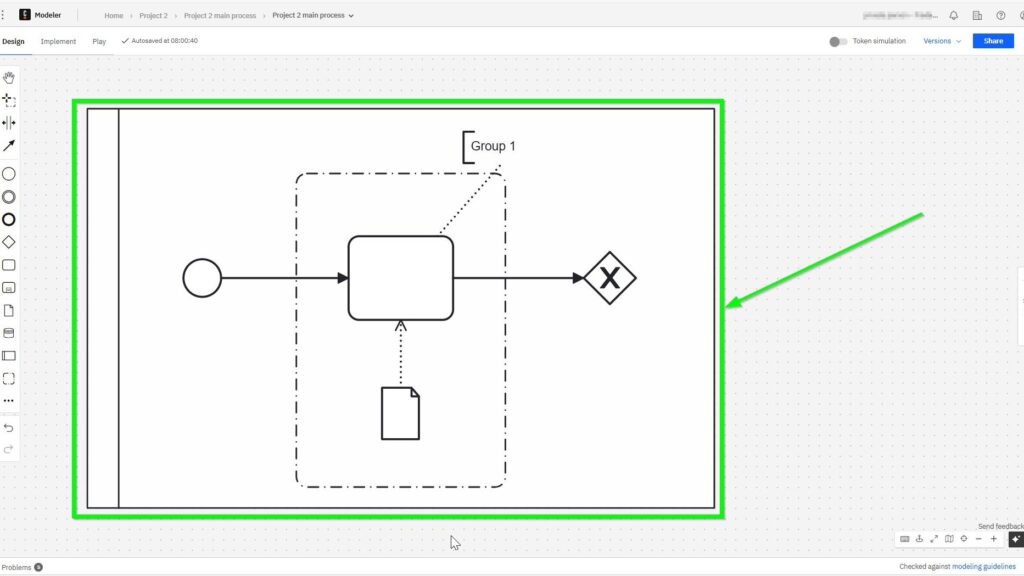How to Duplicate in draw.io
Have you ever wondered how to save time when working on diagrams in draw.io? I certainly have. Efficiency is crucial, especially when deadlines loom. One feature I’ve found invaluable is the ability to duplicate elements. It combines copying and pasting into one seamless action. Today, I’ll show you exactly how to duplicate in draw.io and share why it’s such a game-changer.
How to Duplicate in draw.io Read More »



















